 In May, I provided an overview of one of the biggest trends (cloud) driving TMS market growth, as well as some regional, industry, and complementary market trends. I want to revisit some of that TMS research, and highlight another megatrend as well as a few strategies for both TMS buyers and suppliers.
In May, I provided an overview of one of the biggest trends (cloud) driving TMS market growth, as well as some regional, industry, and complementary market trends. I want to revisit some of that TMS research, and highlight another megatrend as well as a few strategies for both TMS buyers and suppliers.
One of the other megatrends that is driving the market is the proven ROI tied to TMS. A TMS saves companies money by lowering their freight spend. An ARC survey on the ROI of TMS found that respondents indicated freight savings of approximately 8 percent with the use of a TMS application, which is 2 percent improvement from the last time ARC surveyed TMS users. Of these savings, 60 percent of users indicated that less than 10 percent of the net savings were absorbed by the TMS. These freight savings can be attributed to simulation and net-work design, load consolidation and lower cost mode selections, and multi-stop route optimization.
Because of this proven ROI, and coupled with the rise of e-commerce and lower barriers to entry, it is not surprising that the TMS market is growing at a substantial rate. As a result, there are more companies pressing to win new deals, and offer a differentiated TMS experience. This can often make it difficult for a TMS buyer to figure out which solution is right for their company.
Strategies for Buyers
Research TMS Purchases. Make sure to do your due diligence when shopping for a TMS solution. This means understanding how that specific solution will meet your changing needs. It also means understanding what features and functionality are most important for your company now, but also over the next ten years. Every solution is different, with its own unique set of strengths and weaknesses. Companies need to dutifully research these strengths and weaknesses before making a purchase decision.
ARC offers a supplier section guide for TMS that is configurable. The guide offers nearly 100 features and functions. Prospective buyers of TMS can delete criteria that do not apply to them, add criteria that are missing, and weight the remaining criteria in a way that best addresses the needs of their business. The guide contains not only a description of the features and functions, but also a way of measuring from better to worse the robustness of features and functions.
Minimize Customizations. Modern TMS solutions offered by the leading suppliers are highly configurable. Generally, there are rarely good reasons to customize the base code. Those customers that do end up paying for the customization experience the headaches associated with longer implementations and increased difficulty in upgrading their solutions. There is a much better ROI from going with the base package, even if that means modifying existing processes.
Strategies for Product Suppliers
Look to the Cloud. SaaS solutions are becoming increasingly popular in the industry, and this does not just apply to smaller companies that are targeting Tier 2 and Tier 3 customers. A robust SaaS solution offers the same features and functionality as an on premise solution, but can be deployed quicker and generally more cost-efficiently. Companies need to build a SaaS offering into their near-term growth plan to remain competitive in a crowded market. Many TMS customers are looking to reduce their overall IT footprint; cloud solutions allow these companies to allocate resources to other parts of the business.
Embrace Innovation. Companies need to be more innovative in their offerings, as the needs of customers are constantly shifting and becoming more complex. This is due to the changing nature of commerce and the emergence of e-commerce and omni-channel. A few examples of the types of innovations that companies need to consider as part of their TMS offering are backhaul optimization, network-based benchmarking, and telematics and GIS integration.
Think Globally. As the world of commerce is becoming more global than ever, companies need to offer a solution that is truly global. This goes beyond the technology allowing for global shipments and cross-border commerce. This means supporting customers with a global sales force as well as implementation and support capabilities that span the globe.
Conclusion
The TMS market is continuing to grow, fueled by a proven ROI. Growth is making for a more competitive landscape, and this makes things difficult for both TMS buyers and suppliers. TMS buyers have to navigate the complicated process of figuring out which TMS is right for their business. This means conducting more research to figure out exactly what is needed. It also means minimizing customizations to achieve the highest ROI possible.
For suppliers, the changing needs of customers has to be top of mind. This means looking to the cloud as part of the near-term roadmap if they are not already offering a cloud solution. It also means embracing innovation to meet the changing needs of customers. And finally, suppliers need to think globally, ensuring that support services span the globe for full customer coverage.



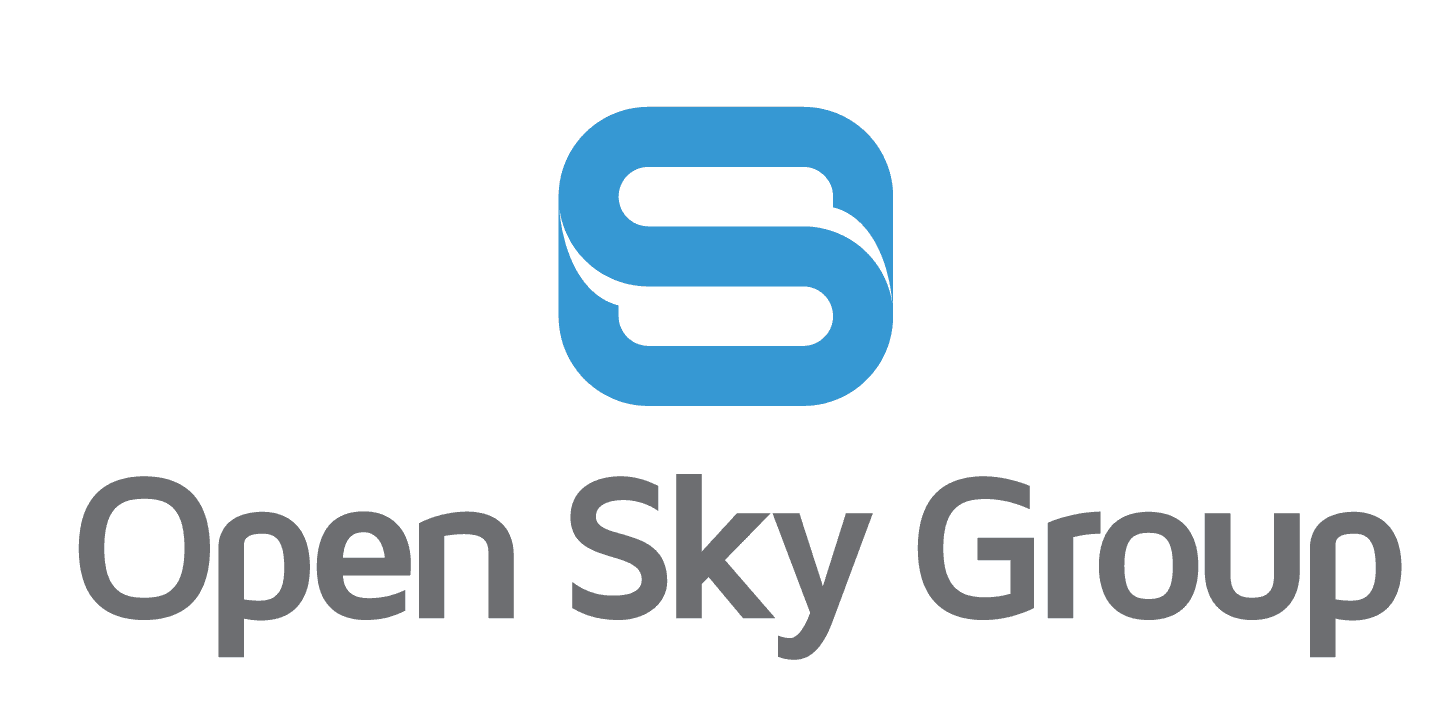
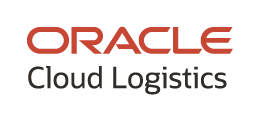

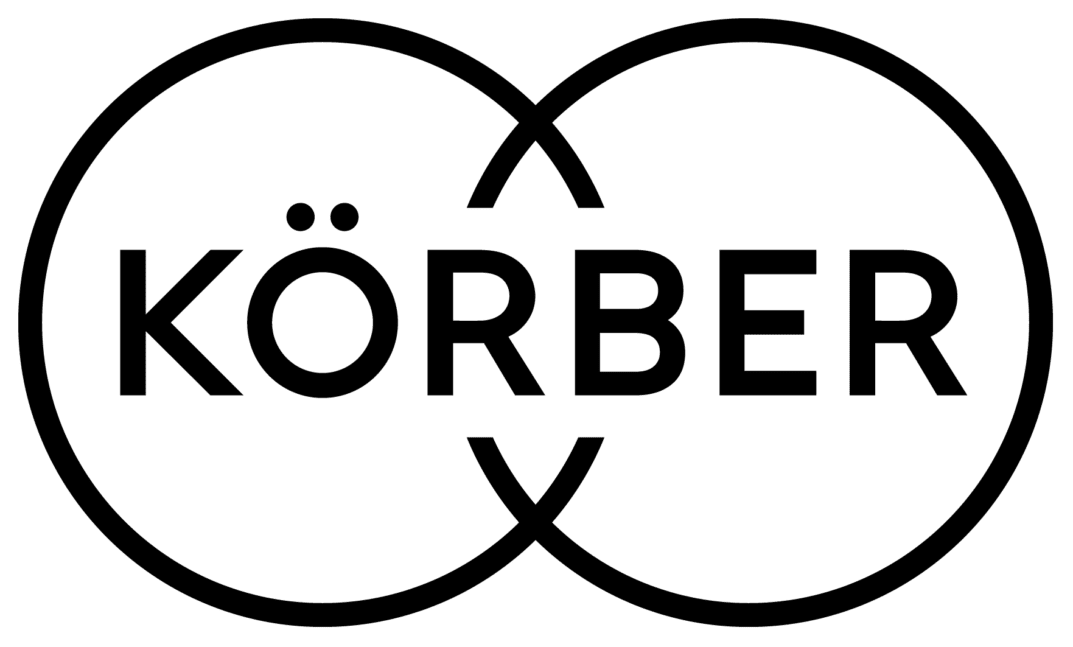


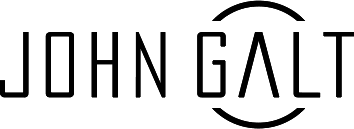




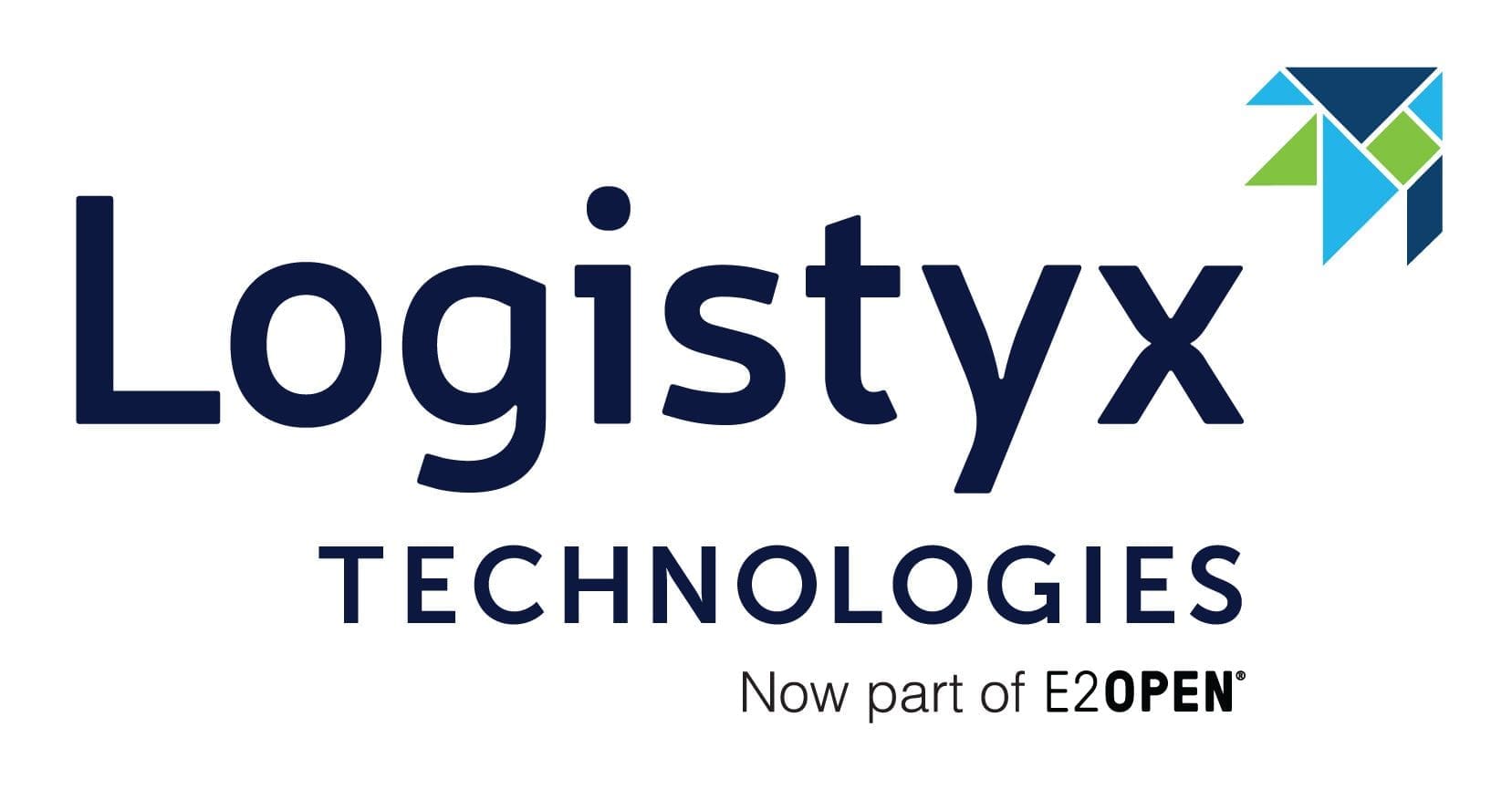



Mistakes in TMS decisions can cost seven figures and delay innovation by years. Not enough time and energy goes into research by most decision makers…at their long term peril.
Shameless promo above by Tim Higham.